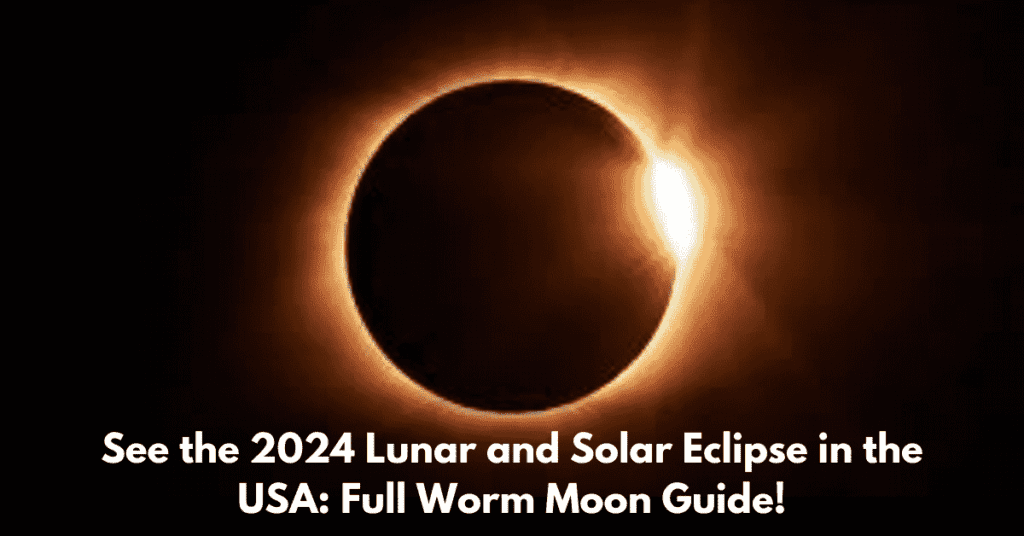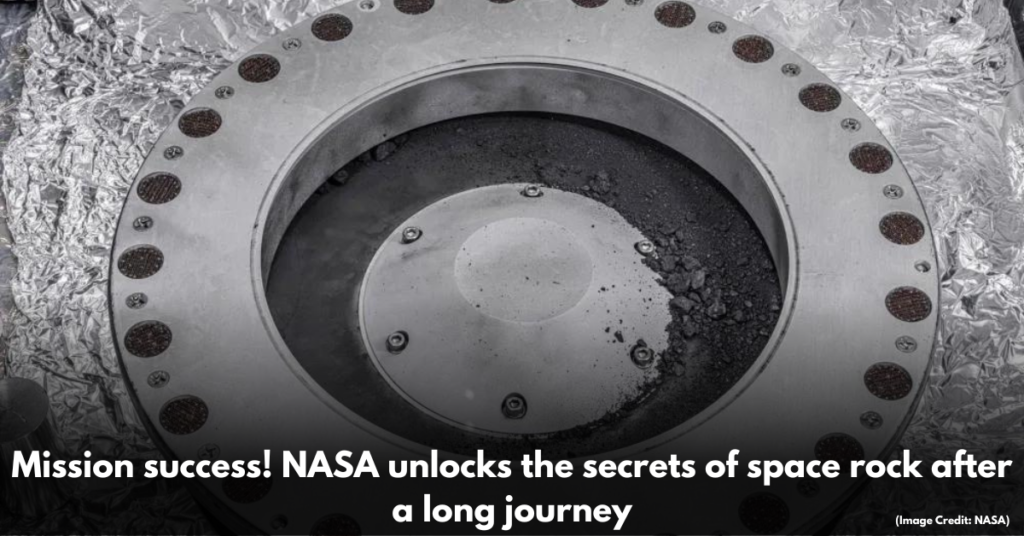As the astronomical calendar shows, skywatchers are looking forward to not one but two amazing events in the sky in the next few weeks. Everyone is looking forward to the Great North American Eclipse on April 8. The Full Worm Moon was in the sky during the first lunar eclipse of the year.
The Worm Moon Before the Sun’s Glory
The moon began its lunar eclipse journey overnight on March 24th and 25th, moving slowly into the penumbra, Earth’s outer shadow. People who like the night sky have seen a glimpse of cosmic harmony during this dance of the stars. Native American tribes named it the “worm moon” because it looks like the moon has been full for a couple of days. The name comes from the beetle larvae and other animals that come out of hibernation in the spring. A total solar eclipse is expected to occur in April.
The moon was set to go through an eclipse on the nights of March 24th and 25th, two weeks before a total solar eclipse. This was meant to build up to the big event in early April. The March Worm Moon, the last full moon before the total solar eclipse, would quietly slip into the penumbra, Earth’s outer shadow. When this lunar eclipse happened, it was highest in the sky over North and South America on the nights of March 24th and early March 25th.
It took the moon 4 hours and 40 minutes to move across the pale edge (penumbra) of Earth’s shadow. A report says that the moon entered Penumbra at 12:53 am EDT and showed up as a faint spot at 2:38 am EDT. The “darkest” part of the eclipse started at 3:12 am EDT and ended at 3:46 am EDT, leaving only a faint trace. At 5:32 a.m. EDT, the moon rose out of Penumbra.
At the height of this penumbral eclipse, people noticed that the moon’s lower left limb became slightly darker. This was a brief moment of cosmic unity. Over 70% of the moon’s diameter was shadowed for about 30 minutes before and after the peak. It left a faint mark on its otherwise bright surface.
The Solar Eclipse
A solar eclipse happens when the sun and moon are in line with each other and the moon completely blocks the sun. Lunar and solar eclipses happen at the same time, when the moon lines up with certain points in its orbit. From March 16 to April 23, which is eclipse season, the mechanics of space show us the ballet of shadows and light, showing how beautifully the bodies in space interact with each other.
The Great North American Eclipse on April 8 will, of course, be the most important event during a supermoon, which will make its effects stronger. It will start on the Pacific coast of Mexico and go all the way to Texas. It will then cross the southern and eastern parts of the United States and Atlantic Canada before ending over the North Atlantic Ocean.
The path of totality will go from Texas to Maine in the United States. The eclipse will last for 4 minutes and 28 seconds. People in Dallas, Oklahoma, Idabel, Little Rock, Poplar Bluff, Paducah, Carbondale, Evansville, Cleveland, Ohio, Erie, Buffalo, Vermont, Lancaster, New Hampshire, and Caribou, Maine, will be able to see the eclipse. Others will be able to see the eclipse, but the total eclipse will go along the path described above. The NASA map can help you figure out when to put on eclipse glasses and look straight into the sun.
From Earth’s Shadow to Lunar Landscape
An eclipse timeline shows how the show of the moon changes over time for people in the United States who want to watch it from different time zones. The moon’s phases give us different views of the dance of shadows in the night sky, from when it enters the penumbra to when it slowly moves away. If you imagine yourself on the moon during this cosmic ballet, you can see things from different angles because of the moon’s terrain. The silhouette of Earth creates a complex landscape of shadow and light on the moon, from the Mare Frigoris to the famous Tycho crater. This gives careful observers a glimpse into how the moon moves.



